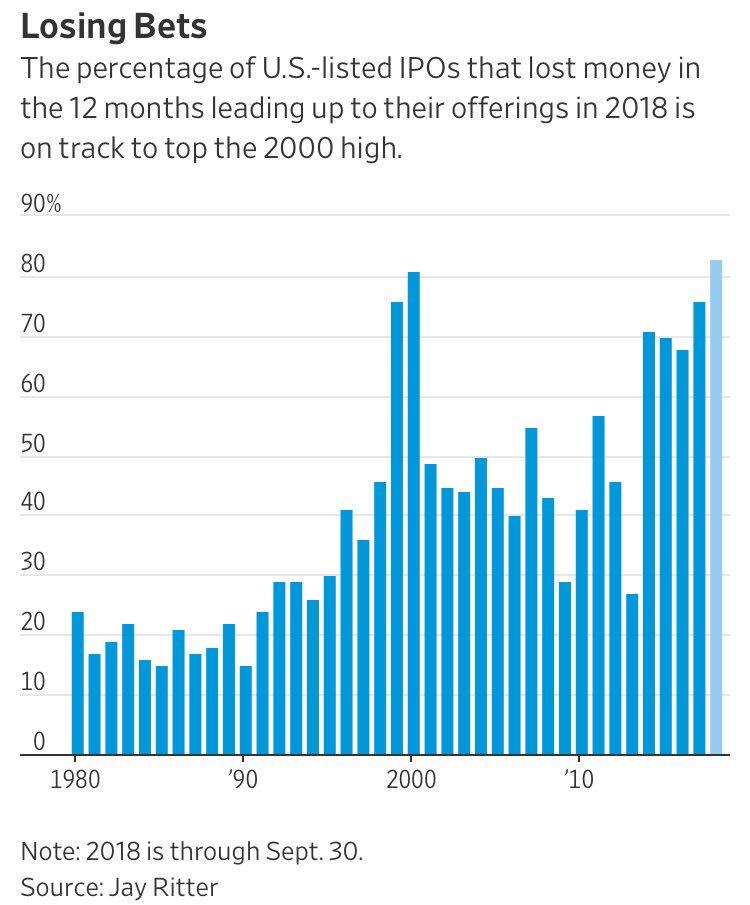

However, one day, the volcano erupted unexpectedly due to climate changes. Definiteness– Any loss should be attributable to a cause, a specific time, and a place. For the insured to assert their claims, solid proof of loss is necessary. For instance, a construction worker has lost her life while on duty. The definite time of her death is known, and there are ample witnesses to the accident. Similarly, in certain types of life policies, payment is not certain due to uncertainty of a particular contingency within a particular period.
Characteristics of an insurable risk discussed earlier are more difficult to meet. In addition, the potential of each risk to produce a catastrophe loss is great; this is especially true for political risks, such as the risk of war. Finally, calculation of a proper premium may be difficult because the chance of loss cannot be accurately estimated. For example, insurance that protects a retailer against loss because of a change in consumer tastes, such as a style change, generally is not available.

This condition is necessary to establish a free premium according to the theory of equivalence. A second requirement is that the loss should be both determinable and measurable. This means the loss should be definite as to cause, time, place, and amount.
An insurance company should theoretically be able to insure any risk if it is paid a sufficient premium. As the post title mentions, an “insurable risk” is what insurers will cover. Think of an insured risk as a trade-off with an insurer. You pay your annual premium, while the insurer agrees to pay a claim should you experience a loss.
This is why an auto insurer cannot insure a spaceship because they would only insure one spaceship thus not enough similar risks. Another characteristic of insurable risks is that the risk must be definable. This means that the insurer can define the exact conditions under which the item is covered by the policy. The item that is being covered must characteristics of insurable risk also have a precise value and must be definable meaning a house, car, diamond ring, etc. For a loss to be covered, the policyholder must be able to demonstrate a definite proof of loss, normally in the form of bills in a measurable amount. If the extent of the loss cannot be calculated or cannot be fully identified, then it is not insured.
ClickUp vs Airtable: Comparing Task Management Solutions
Complete Embroker’s online application and contact one of our licensed insurance professionals to obtain advice for your specific business insurance needs. Catastrophe accumulation refers to the aggregate claims that would need to be paid if one or more catastrophes were to occur across an entire region. Catastrophe hazard is the risk of loss from a particularly destructive event, such as a hurricane, flood, or a terrorist attack.
This is because the probability is so high for the individual to die within the term of the insurance, that he/she would present far too high a liability for the insurance company. A similar, and stereotypical, example would be earthquake insurance in California. Insurance are meant for pooling the risk of various policy holders. It helps in the reducing the adverse effect of heavy losses on single individual on occurrence of any contingency. Insurer compensates the insured for the losses incurred by him out of premium paid by different policy holders.
People in each risk group will generally share similar characteristics that help insurers better estimate the chances that the policyholder will file a claim. Insurance contract is assumed to be free from any misrepresentation and concealment of information. Any misrepresentation or concealment of facts from both insurer and insured side will make the insurance contract void. Insured is required to disclose full information regarding insurance object fairly to insurer.
That’s just the risk of being in business, a speculative one. The effective and expiration dates on a policy “define” the duration that is then “measured” as to the amount of premium dollars needed to offset projected losses. Commercial lines insurance helps keep the economy running smoothly by protecting businesses from potential losses they couldn’t afford to cover. This requirement is necessary so that a proper premium can be charged that is sufficient to pay all claims and expenses and yield a profit during the policy period.
If there are a large number of exposure units, the actual loss experience of the past may be a good approximation of future losses. As we noted earlier, as the number of expo- sure units increases, the relative variation of actual loss from expected loss will decline. Thus, actuar- ies can predict future losses with a greater degree of accuracy.

All he can do is that he can select the most appropriate policy among various policies which the insurer is offering. Product recall insurance can be a lifeline during a recall — but many companies assume other insurance lines cover this situation. Let’s talk about the ins and outs of this coverage and whether you need it. General Liability Protects companies against basic business risks. In regards to insurance, it is important to understand that not everything is insurable. In order for a risk to be insurable, it must have these key characteristics.
Are you having trouble answering the question “Which of the following is NOT a characteristic of an insurable risk? Azanswer team is here with the correct answer to your question. Adverse selection refers to the tendency of high-risk individuals obtaining insurance or when one negotiating party has valuable information another lacks.
Explore More Articles
Large loss– The financial loss incurred by the insured should be large enough from the individual’s perspective. This necessitates an insurance policy should any significant event arise for the insured. Therefore, insurance of $500 on a car might not seem practical.
Speculative risks are almost never insured by insurance companies, unlike pure risks. Insurance is a device that gives protection against risk. But not all individual and commercial risks can be insured and given protection.
- A second related rule is that the number of exposure units, or policyholders, must also be large enough to encompass a statistically random sample of the overall population.
- Insurance are meant for pooling the risk of various policy holders.
- Like other contracts, the factor of consideration is fulfilled by the premium because it is the subject for which insurer promises to undertake or bear the risk if insured.
- Large group of roughly similar, but not necessarily iden- tical, exposure units that are subject to the same peril or group of perils.
Thus, it would be difficult to calculate an accurate premium. The premium charged may or may not be adequate to pay all losses and expenses. Since pri- vate insurers are in business to make a profit, certain risks are difficult to insure because of the possibility of substantial losses. Most insurance providers only cover pure risks, or those risks that embody most or all of the main elements of insurable risk. These elements are “due to chance,” definiteness and measurability, statistical predictability, lack of catastrophic exposure, random selection, and large loss exposure. These elements are “due to chance,” definiteness and measurability, statistical predictability, lack of catastrophic exposure, random selection, and large loss exposure.
Recommended Project Management Software
Occupational disease, for instance, may involve prolonged exposure to injurious conditions where no specific time, place or cause is identifiable. Ideally, the time, place and cause of a loss should be clear enough that a reasonable person, with sufficient information, could objectively verify all three elements. Exceptions include Lloyd’s of London, which is famous for insuring the life or health of actors, actresses and sports figures. However, all exposures will have particular differences, which may lead to different rates.
Many life insurance companies view vaping in the same light as smoking for assessing risk and setting premium costs. Insurable interest is no longer strictly an element of life insurance contracts under modern law, for example with viatication agreements and charitable donations. Often there is no requirement today that the beneficiary have a proven insurable interest in the life of the insured when the insured has purchased the insurance. A person is considered to have an unlimited interest in the life of their spouse, which the law considers broadly equivalent to having an insurable interest in their own life. Even if not financially dependent on the other, it is legitimate to insure against the death of a spouse. Although many insurers will accept policies of cohabiting couples, they could potentially be invalidated.
What Makes a Risk Insurable?
Nothing is more uncertain than life and life insurance offers the only sure method of changing that uncertainty into certainty. Life insurance is a contract in which an insurer, in exchange for a premium, guarantees payment to an insured’s beneficiaries when the insured dies. For example, if you’ve been quoted a Standard Plus rate for life insurance, it’s possible that you could qualify for a Preferred rate by losing weight to improve your BMI range. Quitting smoking could also work in your favor, though you need to be smoke-free for a year or two to see a difference in risk classification.
Share This Post
Simply stated, insurers need to be able to estimate how often particular losses might occur and what the expected severity of these losses could be. Naturally, losses that occur more frequently and tend to be more severe will drive higher premiums. Standard insurance does not guard against catastrophic perils. Certain losses, however, are difficult to insure because the chance of loss cannot be accurately estimated, and the potential for a catastrophic loss is present. A fourth requirement is that the chance of loss should be calculable.
In short, a catastrophic risk for an insurance company is any type of loss that is so pervasive, expensive, or unpredictable that it would not be reasonable to offer coverage for it. In addition, other types of business risks are deemed uninsurable based on the potential that a loss will occur outweighing the potential that it won’t. For example, deterioration of property caused by wear and tear or income loss due to market changes are typically not insurable. Risk of loss here may be avoided, or at least mitigated, with proper “controls” in place. Just like your business, insurance companies need to turn a profit in order to survive. That’s why they only agree to cover risks that they deem to be insurable—risks that allow them to yield a profit.
The loss should be ‘pure,’ in the sense that it results from an event for which there is only the opportunity for cost. Events that contain speculative elements, such as ordinary business risks, are generally not considered insurable. It is important to note that insurable and not-insurable risks are not clearly distinguished.
Thus, the family is protected against losses on death and damage with the help of insurance. An insurer would be unable to compensate all the losses from his own capital. So, by insuring or underwriting a large number of persons, he is able to pay the amount of loss. Like all cooperative devices, there is no compulsion here on anybody to purchase the insurance policy.


